
Good morning. It’s Tuesday, May 16.
- Analysis shows college graduates are leaving coastal cities.
- Video reveals what led to Walgreens killing in San Francisco.
- And a look back at the man who brought surfing to Venice.
Statewide
1.
Newly released numbers revealed that in 2022 California added homes to its housing stock at a faster clip than any time since the Great Recession. Over the same period, the state’s population fell for a third straight year. Crunch those numbers and a startling fact emerges: There are now more homes per person in California than in any year since 1991. Yet rents and home prices remain wildly expensive. CalMatters
2.
It’s been clear for years that workers without college degrees have been migrating away from the most expensive parts of the country. Now college-educated workers are migrating away too: “Boston’s pull with college graduates has weakened. Seattle’s edge vanished during the pandemic. And the analysis shows San Francisco, San Jose, Los Angeles, and Washington all crossing a significant threshold: More college-educated workers left than moved in.” N.Y. Times
Northern California
3.
Eleven days after teachers walked off the job in Oakland, shuttering classes for 34,000 students, labor leaders on Monday announced a tentative deal to end the strike. The new contract includes a 15.5% pay raise for most teachers as well as commitments from the district to address several societal ills. Those include resources for homeless students and the formation of a reparations task force for Black students. “This has never only been about teacher salary,” said Kampala Taiz-Rancifer, a labor leader. KQED | Mercury News
4.
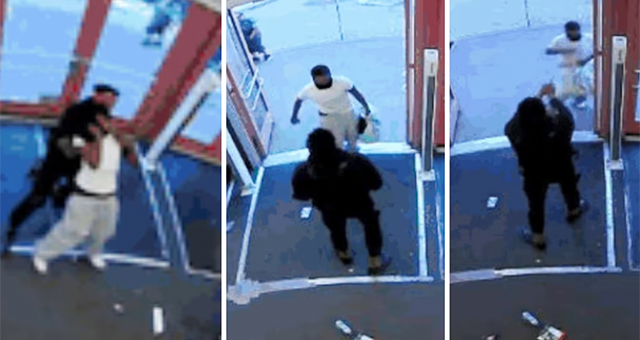
San Francisco’s district attorney on Monday released surveillance video from the April 27 fatal shooting of a shoplifting suspect, Banko Brown, by an on-duty Walgreens security guard. In the footage, the guard, Michael Anthony, blocks Brown from exiting the store, punches him, and wrestles him to the ground. When Anthony releases him, Brown walks backward out of the store and makes a slight lunge toward Anthony, who then fires a single shot into Brown’s chest. District Attorney Brooke Jenkins on Monday reiterated her finding that Anthony acted in self-defense and would face no charges. Mission Local | S.F. Chronicle | A.P.
5.
Other Banko Brown developments:
- Michael Anthony told investigators that Brown threatened to stab him. No witnesses corroborated this and no knife was found. SF Standard
- San Francisco supervisors planned to formally request state and federal reviews of the case. Supervisors Shamann Walton and Dean Preston said Brown was “executed.” KRON | SF Standard
- “You let a jury decide that.” Legal and use-of-force experts questioned Jenkins’ decision not to file charges. S.F. Chronicle
6.
After four years and about $400,000, San Francisco finally settled on a new trash can design for the city in December, a bureaucratic odyssey that drew national ridicule. But on Monday, the project was put on hold after the Civic Design Review Committee noted that the roughly $3,000 receptacles would almost certainly be targeted by vandals. “We’re talking about (spending) millions of dollars of city money, and it’s a graffiti magnet,” said Arts Commissioner Patrick Carney. S.F. Chronicle
Southern California
7.
Homeless services workers in Los Angeles can’t afford housing themselves. Researchers with the nonpartisan Rand Corp. estimated that the workers need to make make $64,000 a year to afford a one-bedroom apartment. Instead, they are making between $40,000 and $60,000. Michael Centeno, a case manager at Housing Works, earns a salary of less than $45,000. He became so desperate that he took a pay cut to qualify for subsidized housing; then his application was denied. “It was heartbreaking.” he said. L.A. Times
8.
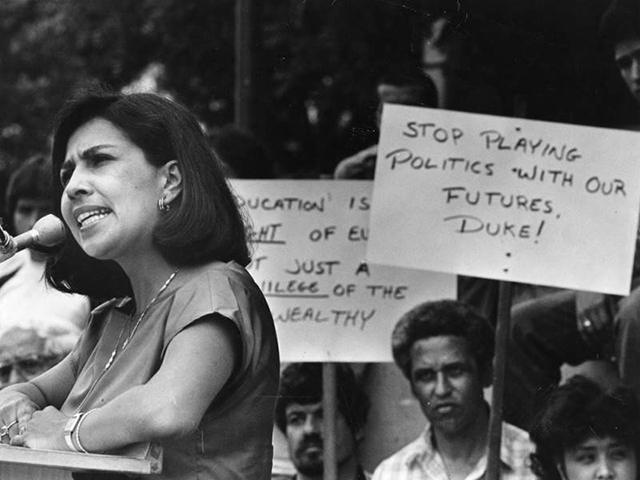
Gloria Molina, a trailblazing leader in California politics for more than 30 years, died on Sunday after a battle with cancer. The columnist Gustavo Arellano described Molina as a populist and “unapologetic Chicana” who strode the halls of power with an outsider’s skepticism: “Molina’s political life had been a series of firsts that inspired generations of women and Latinos to seek public office — the first Latina Assembly member in California, the first Latina on the Los Angeles City Council, the first Latina on the L.A. County Board of Supervisors.” She was 74. L.A. Times
9.
An N.G.O. in Los Angeles called Earth League International infiltrates transnational wildlife-smuggling rings to bring them down. The group’s annual budget is just $350,000, but its operations led to the arrest of an alleged jaguar-fang ring in Bolivia; helped the Mexican government pursue a network that trafficked sea cucumbers and totoaba; and sparked at least seven investigations by the Fish and Wildlife Service, the Department of Homeland Security, and the F.B.I. The New Yorker shadowed the group for almost a year.
10.
Compton is known as one of the great hubs of Black culture. But the community south of Los Angeles is no longer a Black city. In the early 1980s, Compton’s population was 74% Black; now it’s nearly 70% Latino. Yet its city council and school board remain all Black. A group of Latino activists is now pushing to change that. Nina Childs, a local activist and filmmaker, said it won’t be easy: “It’s like ‘Game of Thrones.’ We have to keep this power. We have to keep the little bit that we have, which is all we have. And we’re not giving it up.” Washington Post
11.
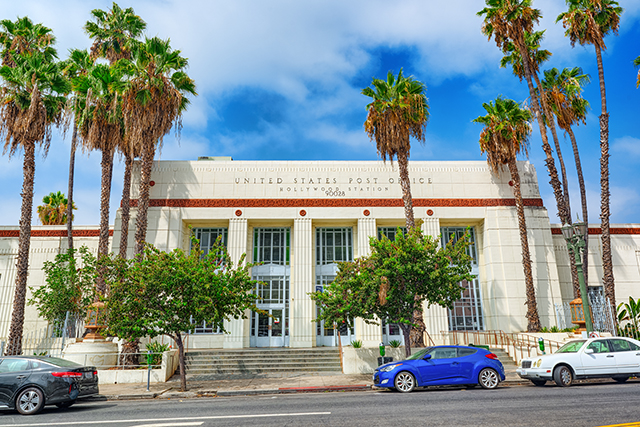
In 1937, a New Deal agency commissioned the renowned architect Claud Beelman to design a post office in Hollywood. The result, pictured above, was a streamlined Art Deco masterpiece nestled between Sunset and Hollywood boulevards. The landmark structure, still active today, remains largely unchanged from when it was first designed. Architectural Digest included Hollywood Station in a list of the world’s 11 most beautiful post offices.
California archive
12.
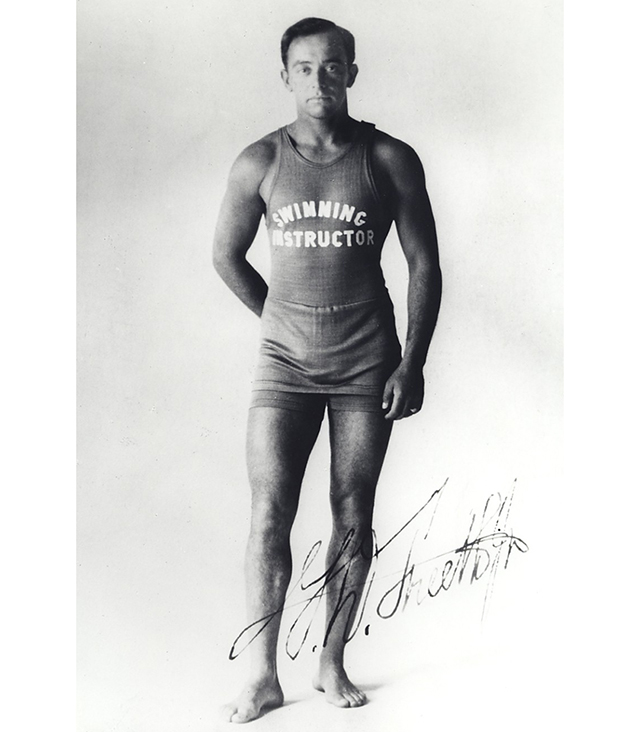
In the early 1900s, few Californians could swim, let alone surf.
So when a Hawaiian named George Freeth performed surfing demonstrations at Venice Beach in 1907, spectators were mesmerized by the man who could dance on the waves.
Born in 1883 in Waikiki to a Native Hawaiian mother and Irish father, Freeth fell under the spell of the ocean from a young age.
By the summer of 1907, he was 23 years old and a master of his craft, doing headstands on an 8-foot-long wooden board. That’s when Jack London, vacationing in the islands, became entranced by Freeth and brought him to the world’s attention. In a widely published account, the San Francisco author wrote: “I saw him tearing in on the back of [a wave], standing upright on his board, carelessly poised, a young god with sunburn.”
Later that year, the cigarette magnate Abbot Kinney hired Freeth to perform his “peculiar art” for patrons of his beach resort on the west side of Los Angeles, which he called Venice of America.
Freeth was a surfer king, a champion swimmer, and an expert high diver. Then he became a lifesaving hero.
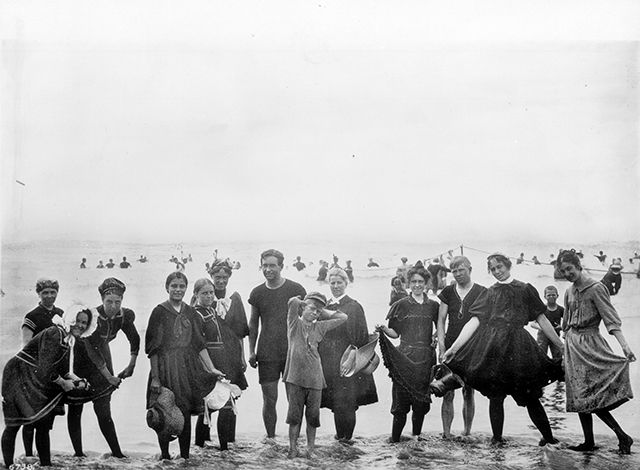
At the time, many Californians viewed the ocean as a place of mystery and danger. Transplants from the Midwest underestimated rip currents. Women, compelled by modesty, wore Edwardian bathing dresses that became heavy when wet. Drownings were common.
Freeth embarked on a trailblazing career as a beach lifeguard along the Southern California coast. He developed a portable buoy-and-reel rescue device and showed how lifeguards could reach struggling swimmers faster on boards than by boat, as had been the practice. Based on newspaper accounts, the surf historian Patrick Moser wrote, he saved at least 200 people from drowning.
The most celebrated rescue unfolded during a sudden squall in December of 1908, when Freeth was reported to leap from the Venice Pier three times to single-handedly save seven struggling Japanese fishermen. The fishermen were so grateful they changed the name of their village on Santa Monica Bay to Port Freeth.
“History presents no instance of heroism that is greater,” the Los Angeles Herald gushed. “Over and over again he dared the waves and battled with the tempest for human lives.”
Two years later, Freeth was awarded medals for valor by the U.S. Congress and Hawaii.
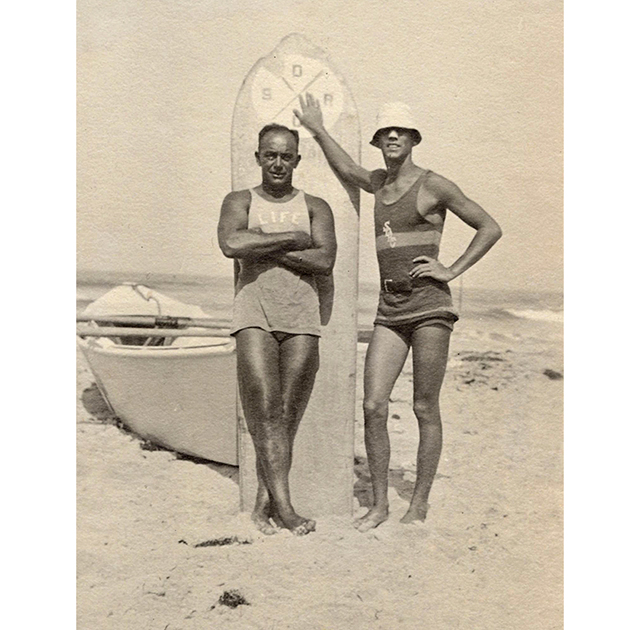
In 1916, Freeth was recruited to teach swimming in San Diego. In photos from this period, Moser has said, Freeth embodies the quintessential beach culture that would define California: confident, relaxed, fit, tan. It was then, at the height of his strength, that Freeth died. At age 35, he contracted influenza during the tail end of the flu pandemic of 1918 and 1919 and succumbed to lung complications three months later. “In essence,” Moser wrote, “he drowned.” Freeth’s possessions, according to one account, could fit in the same suitcase he carried when he arrived in Venice 12 years earlier. But he left much else behind: hundreds of saved lives, a modern lifeguard service, and a template for the idea of California itself.
The California Sun runs on your kindness.
It is completely independent, completely ad-free, and completely reader-supported.
Consider raising your level of support.
Thanks for reading!
The California Sun is written by Mike McPhate, a former California correspondent for the New York Times.
Give the gift of the California Sun.
Get a California Sun mug, T-shirt, phone case, or hoodie.
Forward this email to a friend.
Click here to stop delivery, and here to update your billing information or cancel your support.
The California Sun, PO Box 6868, Los Osos, CA 93412
Wake up to must-read news from around the Golden State delivered to your inbox each morning.
